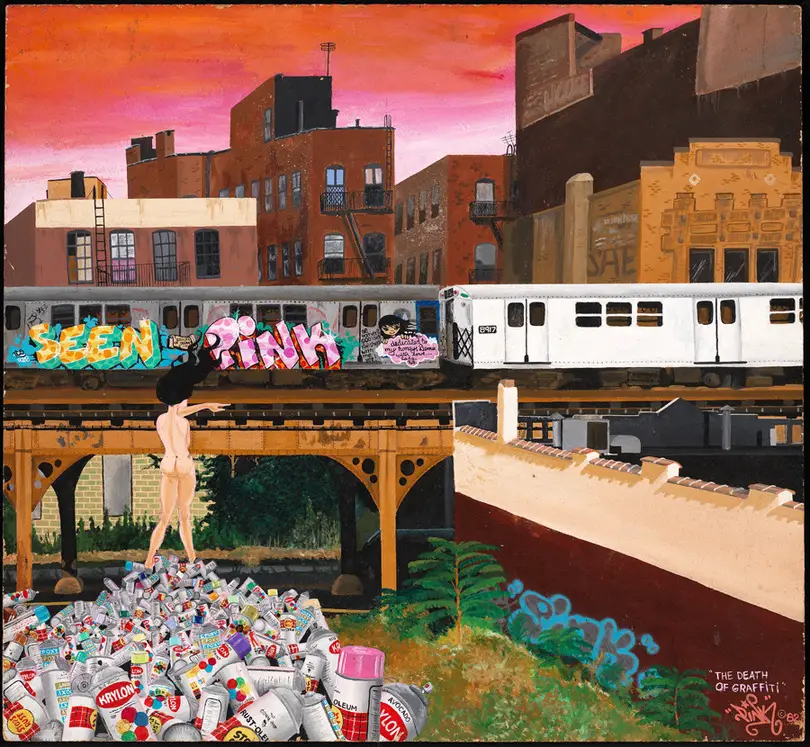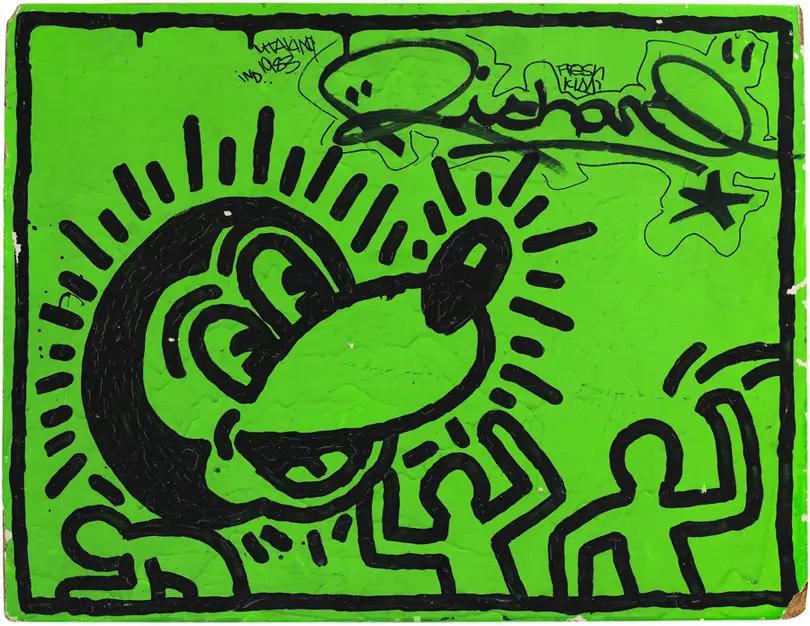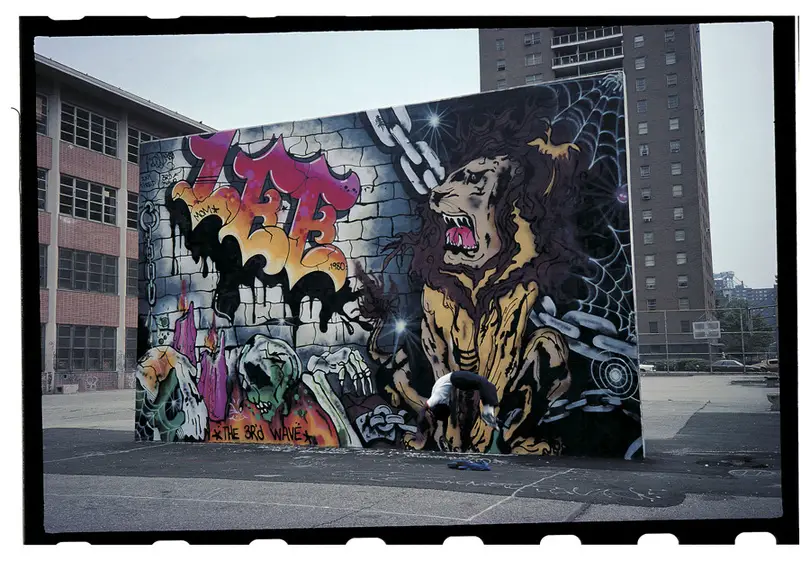Off the wall: SU alumnus curates graffiti exhibit for New York City museum
A Syracuse University alumnus is helping the graffiti movement return to the present with an art exhibition that has been years in the making.
Sean Corcoran, a College of Visual and Performing Arts graduate, is curating “City as Canvas: Graffiti Art from the Martin Wong Collection,” which opened Feb. 4 at The Museum of the City of New York and will be on display until Aug. 24. Corcoran is the museum’s curator of prints and photographs. He said this project has been in progress for about five years.
Wong, with the help of his friends, collected images of graffiti from the 1960s and 70s through trade or purchase, Corcoran said. Wong’s own work includes a collection of more than 300 works on paper, canvas and other media, not including his own 55 sketchbooks, called “black books,” he added.
Wong was a Chinese-American artist who worked with realist art and ceramics. He was influential within the New York City art scene and mentored young painters, according to a press release from The Museum of the City of New York.
“This collection is a window into the time period of New York that is very important,” Corcoran said. “What we’re showing is the output, the result, of a time period of New York, the 70s and 80s, that basically the city was near bankruptcy and there was a lot of services that were discontinued or slowed down.”
As a curator, Corcoran said he compiled the collection and carefully selected material he thought would best reflect Wong as a collector from the 1970s. He started editing the black books about five years ago.
The show begins with photographs of the graffiti and eases into Wong’s paintings and sketchbooks, which were donated to the museum in 1994. Wong’s goal was to capture the effect of graffiti writing he saw throughout New York City, according to the release.
“Modern graffiti came to New York City in the late 1960s and exploded in the 1970s. For a time, graffiti not only defined the city, but much like hip-hop, it positioned New York as home of the movement,” according to the release.
The influence on world culture is shown throughout Wong’s collection, Corcoran said.
“Kids in the city were kind of free to use their creativity and get away with things that today you couldn’t,” Corcoran said. “Basically what was born in New York we see worldwide in culture today. That’s what it’s all about.”
The exhibition also features the work of other artists that reflect the graffiti movement. This took years of research and dedication for Corcoran as the curator, as he had to track down each artist and talk to them about their experience in the graffiti movement.
Corcoran said he had to get to know the artists and their place in the history of the movement.
“On the other side of it, he was trying to understand who Martin was through his friends,” Corcoran said. “It was a deep and complicated relationship between the collector and the collection and the artists in the collection.”
Corcoran said his favorite piece in the collection is “Wicked Gary’s Tag Collection,” which is a collection of about 60 tags that date from 1970-1973. Wicked Gary carried around cardboard squares and had his friends “tag them” with graffiti, Corcoran said. It’s very rare and unique, which is why Corcoran said he enjoys the piece.
Corcoran said he owes his work opportunities and knowledge to his time at SU — he graduated with a degree in museum studies. As a graduate assistant at the University Art Galleries in the Shaffer Art Building, he learned how to put together exhibitions, which is exactly what he does today.
“My years at Syracuse really helped me get a basic knowledge on what it is to do research on a collection,” Corcoran said. “Without that baseline education, I don’t know if I could be where I am today.”
Edward Aiken, director of SU’s graduate program in museum studies and a senior curator of the Syracuse University Art Galleries, describes Corcoran as an accomplished curator.
The museum studies program in VPA is one of the oldest programs in the United States and works closely with other colleges so students can have a well-rounded education. Many graduates of the program pursue concurrent degrees or work at museums worldwide, said Aiken.
“They’re all very hardworking and dedicated,” Aiken said of VPA students and graduates. “We are very proud of Sean. Sean is a shining example.”
Published on February 4, 2014 at 11:21 pm
Contact Jackie: [email protected] | @jackie_frere








